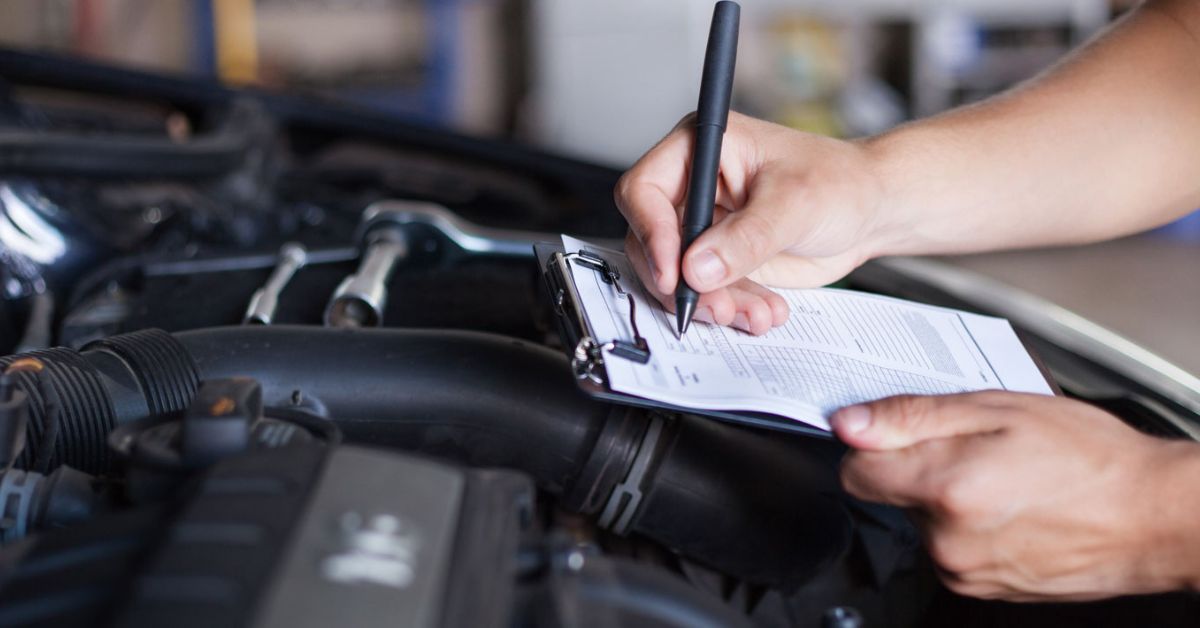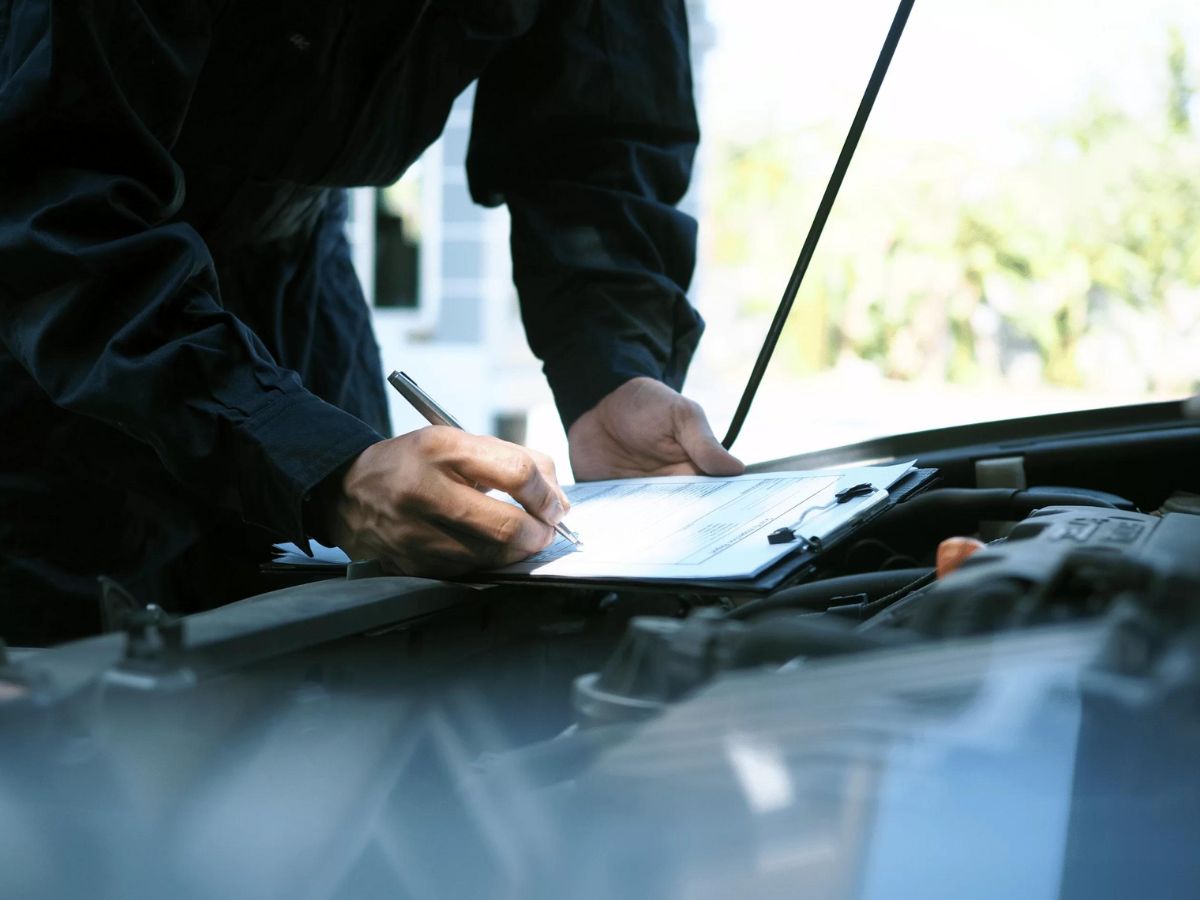It is your duty as an operator to ensure that your car is safe to drive. All vehicles, be they cars, motorcycles, vans, or cargo vehicles, must undergo an annual maintenance and operating test (MOT) inspection. The Ministry of Transportation test, or MOT test, verifies that your car satisfies environmental and highway safety standards while also ensuring it is safe to drive. Since its inception in the 1960s, the MOT test has undergone numerous revisions and expansions to guarantee that it is the greatest and most thorough vehicle examination available and to avert breakdowns as well as accidents while driving. The goal of the class 4 MOT test is to verify that automobiles, motorhomes, as well as dual-use automobiles meet the requirements for security and environmentally friendly standards established by the UK’s Ministry of Transport.
A MOT is what?
An annual MOT test is required for any car after it turns three years old to make sure it still complies with environmental and road safety regulations. An MOT test can be performed on your automobile by one of the approximately 21,000 licensed test centres located around the nation (look for a government-issued blue sign with three white triangles). Your automobile will go through numerous inspections during a MOT test to ensure it is roadworthy. These checks make sure everything is in working order so you can keep driving on roads with everything from the suspension to the exhaust system in your vehicle. You will need to drop off your car at the test site and pick it up again when it’s prepared. The examination typically takes 45 to 60 minutes. Make certain that you present your V5C auto registration documentation and your most recent MOT certificate with you.

What Makes a MOT Test Crucial?
Is it almost time for your automobile to get tested to make sure it is trustworthy and suitable for driving? A certified mechanic will do a MOT (Ministry of Transport Test) on your car to ensure that it is operating safely and smoothly, reducing the likelihood of an accident or injury. This test must be performed every year for all vehicles older than three years to comply with government safety and environmental laws and regulations. The purpose of the vehicle’s manufacturer’s inspection is to make sure that important safety features like the tyres, steering, suspension for an extended period, brakes, and lights are in proper operating order.
Common Reasons Why Cars Fail the Mot Test Are as Follows:
- Incorrect tyres
- Inadequate Wipers and Lights
- Improper Suspension
- The Wrong Brake Performance Problems with Emissions and Exhaust
- Not successful Body Composition
- Not successful seat belts
If your automobile fails its examination, you’ll get a “MOT Advisory Notice or Failing notification.” This paper describes the reasons behind your car’s failure and the necessary repairs to get the Ontario Ministry of Transportation to approve it. If a major component, like tyres or brakes, has not been inspected and is malfunctioning, your vehicle might not be permitted to operate until the problem is fixed. After the servicing and repairs are finished, you have to take it for additional MOT at a qualified facility.
What Is Covered by a MOT?
Many individuals are unaware of the procedures involved in the MOT test, even though owning a car requires them to be done every year. At vantage auto services, we’ve compiled a list of everything that we look for when we give you an MOT test:
- Lighting and signalling: The person conducting the inspection will verify whether the car’s headlights, in particular taillights, emergency lights, measurements, and danger warning lights, have been declared operational during this portion of the test. Additionally, they will make sure that the car’s registration number is in excellent condition and can be seen, as well as that the emergency horn is operating properly.
- Steering: The car’s steered system will be examined to make sure it is in good operating order and that the steering column has no excessive play. If the car has steering controls, the inspector will also inspect it.
- Suspension: The car’s suspension components will be examined to make sure all of its parts are in good working order and have not suffered from excessive wear or damage. Additionally, the examiner will look for any indication of shock absorber leakage.
- Brakes: The vehicle’s braking mechanism will be examined to make sure that the brake pads, discs, and drummers are in good condition and are not overly worn out. In addition, the person conducting the inspection will verify the level of the braking fluid and the handbrake.
- Wheels and tyres: The person conducting the examination will inspect the automobile’s wheels and tyres to make sure that the depth of the tread is within the permitted range and that everything is in excellent condition. They will also verify that the vehicle’s wheels are correctly aligned and whether the pressure of the tyres is correct.
Final Words:
During an MOT test, the following auto components are also carefully examined and tested: the windscreen, the horn, registration plates, lights, bonnet’s identity, wipers as well as washing machines, seats, doors, mirrors, load security, as well as steering and suspensions. Your vehicle will be given a fresh MOT certification that is good for a year if it passes the inspection.
Also, read: What Are the Most Common Car Problems: An Overview











